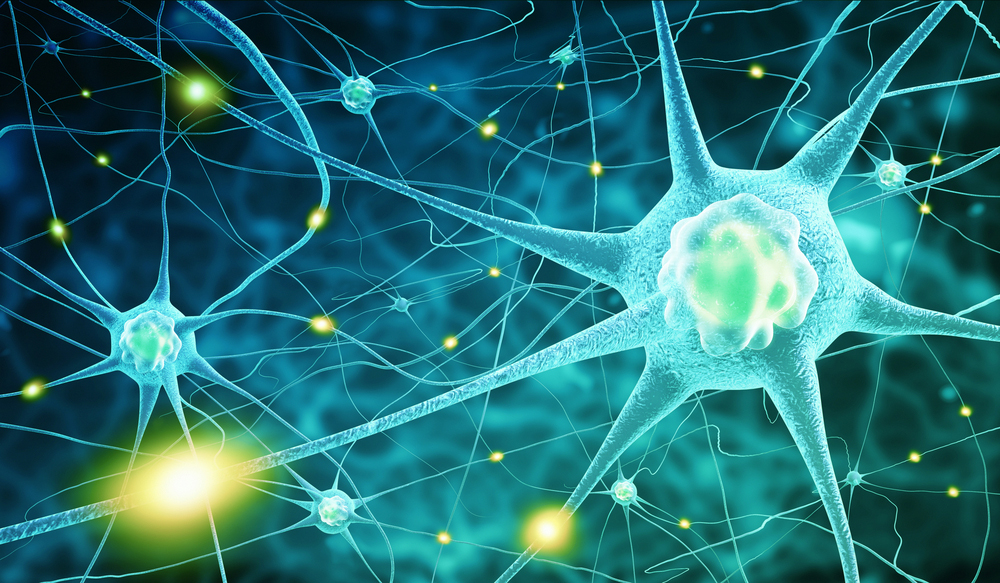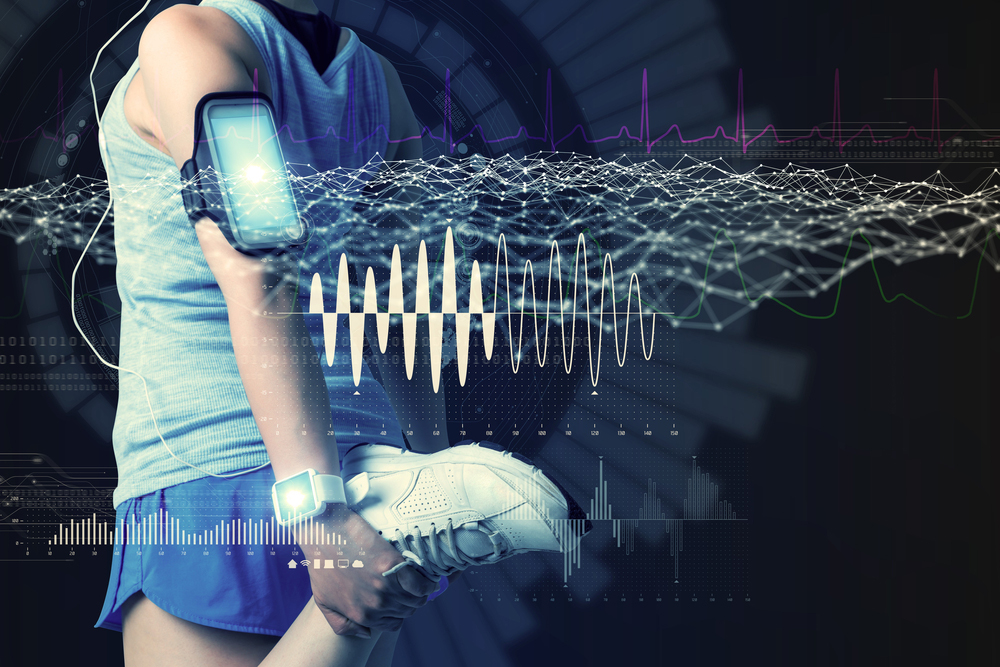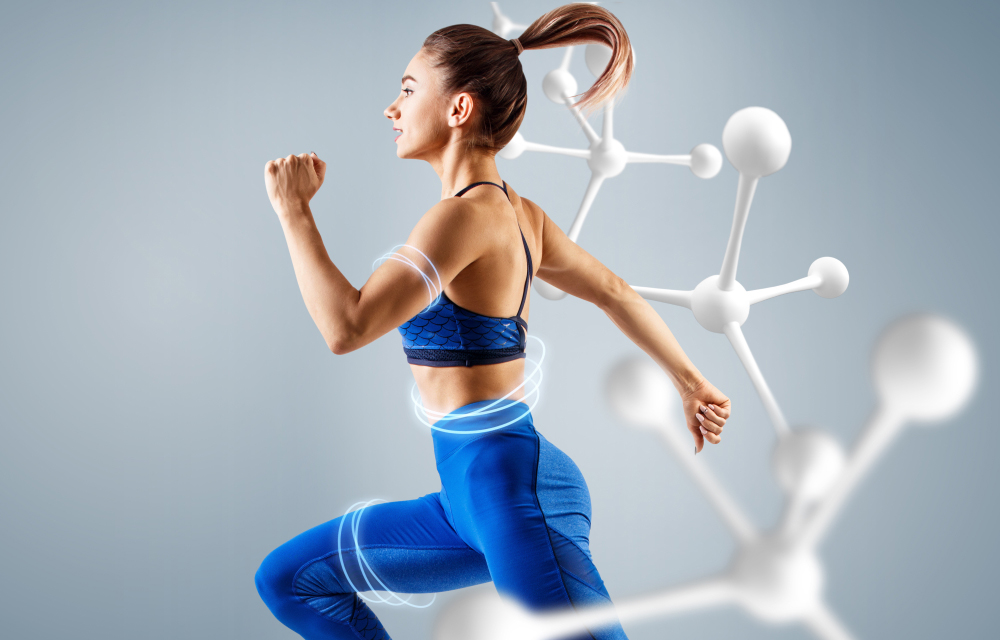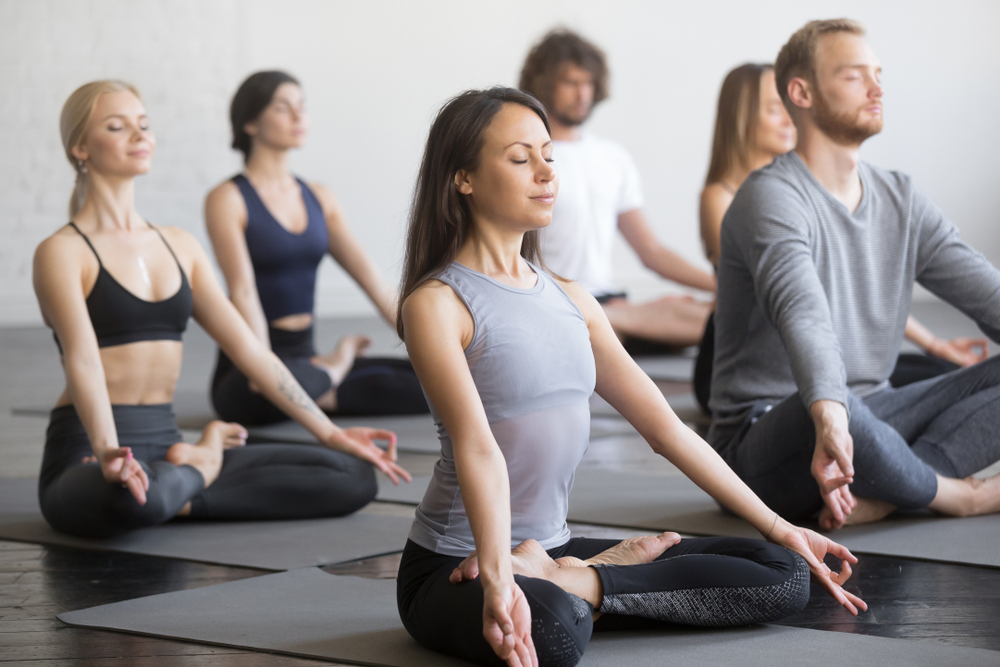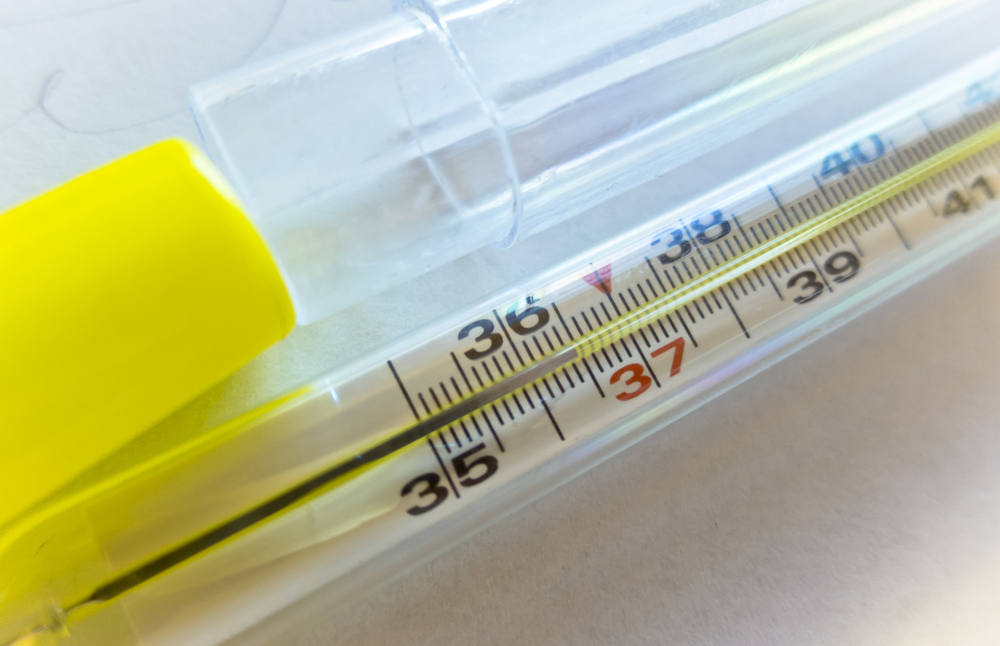In our actions, we are used to the fact that the brain dictates all our actions and movements. It does this by controlling the nerves to carry out exactly the message that the brain sends to an organ. The more the person concerned concentrates on the message that the brain sends, the better the movement.
This theory is currently used in bodybuilding and some other sports. When the connection between the brain and the muscles is better, muscle development is faster and more efficient. Also, strength training not only builds muscle, it also trains the neurons in the nervous system. This is what we commonly call the neuromuscular connection. Let's discover together in this article this physiological phenomenon.
What is a neuromuscular connection?
The neuromuscular connection is a kind of internal attention. Its purpose is to direct all the attention and concentration of the athlete to the muscle or group of muscles that are the subject of a specific muscular exercise. To do this, the athlete will focus on what is happening inside his or her body during a training session.
Examples of this are the contraction of a muscle, breathing, sweating or perspiration. . . Here, attention and concentration must be directed to the action itself.
The neuromuscular connection is also about taking into account what is happening outside. This is the athlete's external environment. This can be the weights he has to lift, the barbell or the dumbbell, the treadmills. . . In this context, the attention of the athlete has to be focused on the effect of the action.
What are the advantages of the neuromuscular connection?
The connection is not a trendy technique nowadays. It is a practice that has been used for decades. In fact, top bodybuilders such as Arnold Schwarzenegger have used this method to optimise their results.
According to studies and research, the internal neuromuscular connection has beneficial effects on muscle development. Indeed, it is associated with much greater gains in muscle mass, and subsequently allows for much greater muscle activation. The external neuromuscular connection, on the other hand, is said to improve performance and endurance.
When the nervous system and the working muscles are in perfect connection, the movements performed by the athlete are precise and correct. It is therefore easier for him to avoid possible muscular accidents and to obtain better results.
Also, by concentrating on the actions to be performed and the weights to be used, the athlete will perform his movements slowly and gently. His actions have a direct impact on the muscles to be worked. These joints are not strained and these tissues are not threatened by possible damage. The slower and more precise the actions, the better the muscle development.
How does the brain build muscle?
According to studies and research carried out at the University of Nebraska-Lincoln, physical strength depends largely on training the nervous system as much as the muscles. Indeed, lifting heavy weights helps to develop muscle mass. But it also requires an adaptation of the neurons so that the athlete can achieve this.
It is this adaptation that differentiates professionals from beginners. Professionals are used to lifting weights. Their muscles are used to performing the movements, and their nervous system has adapted to this situation. For a beginner, on the other hand, lifting weights is a completely new activity, both for his muscles and for his neurons.
Their body has not yet become accustomed to the exercise, giving them the impression that they will not succeed. The brain controls the muscles. Lifting heavy weights would force the nervous system to adapt to the action. Building up the nervous system involves working the brain to adapt to the workout.
What are the impacts of the brain's actions on the muscles?
Several factors contribute to the development of muscle mass. A training adapted to the morphotype of the sportsman, a well-balanced nutrition, and without doubt a very good mental condition. This is why it is advisable to consult a doctor before embarking on a weight training programme.
The doctor's consultation is not only limited to the consideration of the patient's physical condition. It also involves examining whether the patient has the nerve potential to undertake a strength training programme.
In order to work the muscles properly, the nervous system must be worked first. This is why top athletes use visualisation and imagery to optimise their results. These techniques consist of working the nervous system to get used to the movements that the athlete performs during a competition.
In this context, the athlete imagines his or her environment and concentrates on every move. These techniques improve the athlete's concentration, while improving his or her movement, thus allowing him or her to avoid possible muscular accidents.
How to improve the neuromuscular connection?
There are certain tricks that can be used to improve the neuromuscular connection.
In order to accustom the brain to a strength training exercise, it is best to opt for lighter loads. Heavier loads can tire not only the muscles but also the nervous system. The athlete will concentrate more on his movements than on his loads, and will be able to develop more muscle mass. Also, the nervous system will not be fatigued and can get used to the exercise.
Contract and stretch are also very effective techniques to improve the connection between the nervous system and the muscles. For this technique, the athlete must determine which muscle or group of muscles to work.
If he needs to work the abdominal muscles for example, he should concentrate on stretching and contracting his abdominal muscles, slowing down his movements so that they are really felt and reach the targeted muscle mass.

